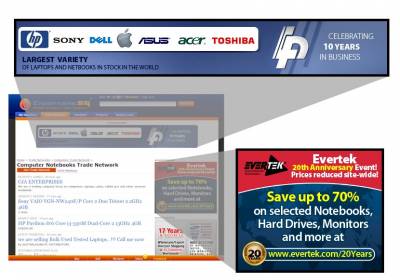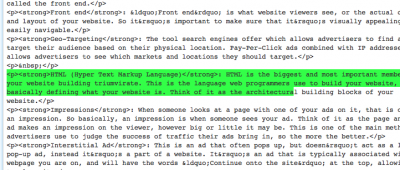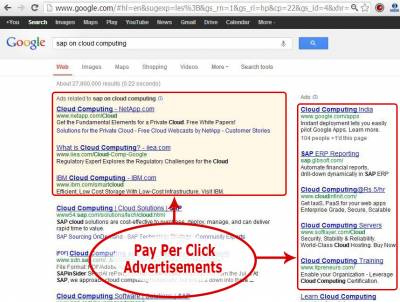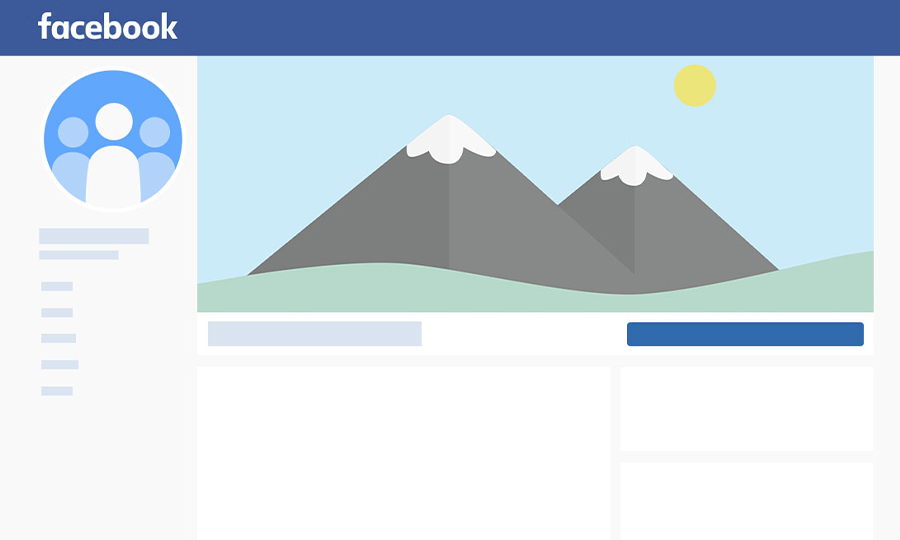Internet Marketing 101: Terms You Should Know

Anyone interested in creating a website or marketing their business online needs to know some basic information. Listed below are some common terms with their appropriate definitions that will hopefully help you understand a little bit of the language you might hear when taking on internet marketing. Better understanding and communication of your internet marketing needs will definitely help you achieve your goals.

AdWords: Google’s paid marketing service. A pay-per-click program, allows businesses to advertise on Google search pages. You’ll see these ads at the top of the Google search page, often accompanied with their URL, phone number and location on a map.
Algorithms: The basic technique Google and other search engines use to determine where a page ranks on different searches. A lot of factors go into that decision, and it’s constantly changing. Though there are certain ways to make sure your website adheres to Google’s (and other search engines) algorithm, the algorithms themselves are kept secret, so getting the most out SEO is not an exact science and is an always evolving process.
Back end: “Back end” is the term used by web designers to discuss the coding that goes into creating your website. It’s basically the unseen mechanics that makes your website tick like a well-oiled clock, and unless you’re a website programmer you probably won’t understand what you’re looking at.
Backlinks: One of the major factors that goes into where your page ranks on search engines. Backlinks are links to your website from other websites. They essentially act as vouchers. Having other pages vouch for your page’s legitimacy, and send their readers to your page, will equal a higher rank on various search engines. Thus making backlinks a very important part of search engine optimization.
Banner Ads: These are ads that are placed on websites; they’re typically picture ads with a striking resemblance to banners, thus the name. They’re very versatile and can be placed anywhere on the website, which makes them the most common form of advertising you’ll see online. Think of them as the billboards of the “Internet Highway.”

Behavioral Targeting: Ad selection based on your internet usage. The use of cookies track websites you visit to better customize ads targeted specifically for you. Think about when you shop on Amazon and then go back later, you’ll see products that are related to your past purchases. That is behavioral targeting, except in this circumstance it’s based on your online search history.
Blogs: Blogs are like journal entries online. They can be about anything, and can be written by anyone. Their primary use is to convey and discuss ideas, points of view, and drive traffic to your website. It’s also a great way for you to interact with your audience. A good example of a blog is this.
CSS (Cascading Style Sheet): The first member of our website building triumvirate. Remember the back end side of a website? This is one of the main tools web programmers use to create the page. To put it simply, CSS decides what the webpage looks like. For instance it decides colors and sizes for fonts which means it is also very important to the other side of website building as well, which is called the front end.
Front end: “Front end” is what website viewers see, or the actual design and layout of your website. So it’s important to make sure that it’s visually appealing easily navigable.
Geo-Targeting: The tool search engines offer which allows advertisers to find and target their audience based on their physical location. Pay-Per-Click ads combined with IP addresses allows advertisers to see which markets and locations they should target.

HTML (Hyper Text Markup Language): HTML is the biggest and most important member of your website building triumvirate. This is the language web programmers use to build your website, basically defining what your website is. Think of it as the architectural building blocks of your website.
Impressions: When someone looks at a page with one of your ads on it, that is called an impression. So basically, an impression is when someone sees your ad. Think of it as the page and the ad makes an impression on the viewer, however big or little it may be. This is one of the main methods advertisers use to judge the success of traffic their ads bring in, so the more the better.
Interstitial Ad: This is an ad that often pops up, but doesn’t act as a lone pop-up ad, instead it’s a part of a website. It’s an ad that is typically associated with the webpage you are on, and will have the words “Continue onto the site” at the top, allowing you to close it.
JavaScript: The third and final member of your website building triumvirate. This is the actual script that tells your website what to do and how act when people interact with it. So let’s say you want to click on a tab and navigate your favorite website. JavaScript basically programs the website and says “If this tab is clicked, this page will load.” It is what decides what the pages actually do...and so much more.
Keyword/Query: One of the biggest factors in deciding the success of SEO and how high Google will rank your website. The use of keywords shows how relevant your page is to certain Google searches. Overuse of keywords will cause Google’s algorithms to think that your page is just spam, so it’s very important to be careful and meticulous with keyword use.

Pay-Per-Click: It’s the most commonly used search engine advertisement. It is the ad you see at the top of pages when you search things online. The reason it’s called Pay-Per-Click is because the advertisers only have to pay Google, or which ever search engine they’re on, when it is clicked.
SEO: Search Engine Optimization, the basic practice of making your page rank as high as possible on various search engines across the internet. Typically based on the number backlinks and keywords, but it’s still a tricky thing to figure out because there is no exact science. And with algorithms ever changing it’s hard to stay on top of everything without professional help, which is where we come in.
Social Media: These are your Facebooks, Twitters, and Instagrams of the world. There is an endless amount of them, and they’re constantly evolving. Effective use of social media can help brands, and allow businesses to interact with the clients and consumers on a personal level. That kind of communication allows businesses to solve problems their consumer base may have.
Tags: Tags are keywords that allow you to tag your website like you would tag a friend in a Facebook picture. It will help build your SEO and relevance. Proper use can make your page rank higher in Google searches.
Web Analytics: These are the statistics that tell you how your many impressions, clicks, page opens your website, ads or emails will get. Analytics are the biggest tool to understand if you’re website is targeting the right audience, at the right time, in the right place. Close study of these analytics will help you improve your internet marketing efforts.
We hope you enjoyed reading this as much as we enjoyed writing it. Reach out to us if you have any more questions on internet marketing, and be sure to check out our website, Twitter and Facebook!






